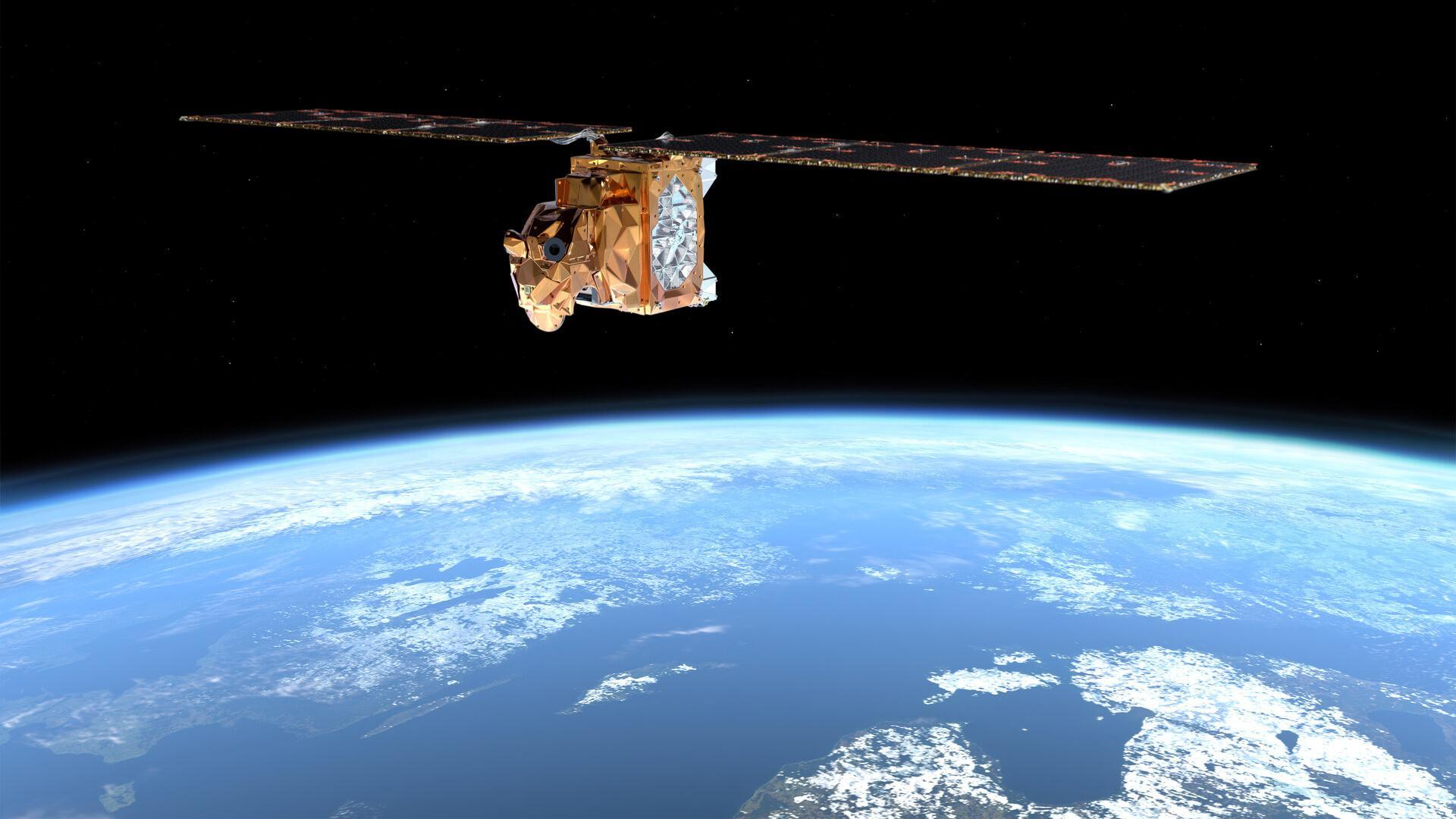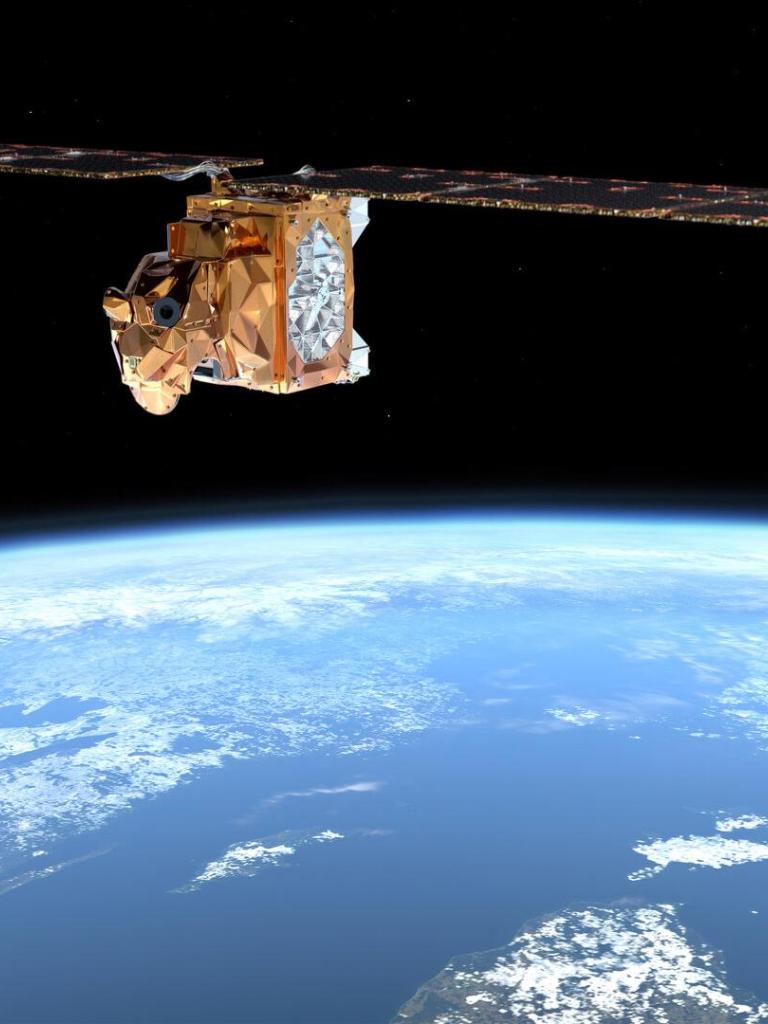When finally approved, EPS-Sterna will help national meteorological services improve forecast accuracy across Europe, strengthen nowcasting in higher latitudes, and increase lead times for early warnings that save lives.
“The devastating impacts on lives and livelihoods that severe storms such as Hans in 2023 and Boris in 2024 have had across Europe underscore why it is essential to keep strengthening forecasting capabilities,” said Phil Evans, Director-General of EUMETSAT.
“Improving the accuracy of forecasts for severe weather depends on frequent and widespread observations. EPS‑Sterna will provide regular, high-quality data worldwide, including from remote areas underserved by existing observation capacities, such as the polar regions. It will help meteorological services improve forecasts, enhance nowcasting in high latitudes, and support faster, better-informed decisions that save lives and protect property.
“I would like to thank the Council for their support for this exciting and ambitious programme, which will combine EUMETSAT’s proven expertise, reliability, and long track record of delivering operational satellite data with the latest advances in small satellite technology and be a tremendous complement to our Metop and Meteosat missions.”
A vote at EUMETSAT’s 2025 Summer Council Meeting saw 25 member states, representing 81.7% of contributions, approve the EPS‑Sterna programme. A second resolution, passed unanimously apart from one ad referendum vote to be lifted soon, will allow the programme to proceed with limited committed funding while remaining open for additional member states to join.
EPS‑Sterna will be implemented as a mandatory extension of the EUMETSAT Polar System – Second Generation (EPS‑SG) and will be formally approved through a unanimous vote by all member states.
New approach to collecting forecast data
EPS-Sterna is the operational deployment of the European Space Agency’s Arctic Weather Satellite (AWS), which has been flown since August 2024. Impact studies estimate that EPS‑Sterna will reduce forecast error by up to 6% across EUMETSAT member states and as much as 9% in the Arctic. The programme is expected to deliver a benefit-cost ratio of up to 51:1, generating more than €30 billion in value for Europe’s economy over the duration of its implementation, planned to be 14 years. These figures have been confirmed based on observations in orbit of the demonstration Arctic Weather Satellite (AWS) precursor mission.
To achieve this, EPS‑Sterna introduces a forward-looking approach: a constellation of microsatellites, each equipped with identical advanced microwave sounders operating in different orbital planes. This design draws on innovative NewSpace practices while maintaining EUMETSAT’s standards for quality and reliability. The initial group of six satellites is scheduled for launch in 2029, with a total of 20 planned to ensure continuous operations through 2042. Together, they will provide near-global coverage approximately every five hours, capturing detailed measurements of atmospheric temperature, humidity, and clouds.
EPS‑Sterna observations will enhance global weather models, improve short-term forecasts known as nowcasts, and contribute to long-term climate monitoring. The programme will also address critical data gaps over the Arctic – the fastest-heating region on Earth – where many weather systems that affect Europe originate or intensify. Thanks to its local acquisition capability, EPS-Sterna will also significantly improve regional weather forecasts in sensitive areas, for example, by supporting the monitoring and forecasting of fierce storms such as medicanes in the Mediterranean area.
EUMETSAT will operate the EPS‑Sterna system, manage the ground infrastructure, and distribute data through platforms such as EUMETCast and EUMETView. The satellites will be procured by the European Space Agency, which developed the successful AWS mission that demonstrated the potential of this new approach.
Main image: ESA


